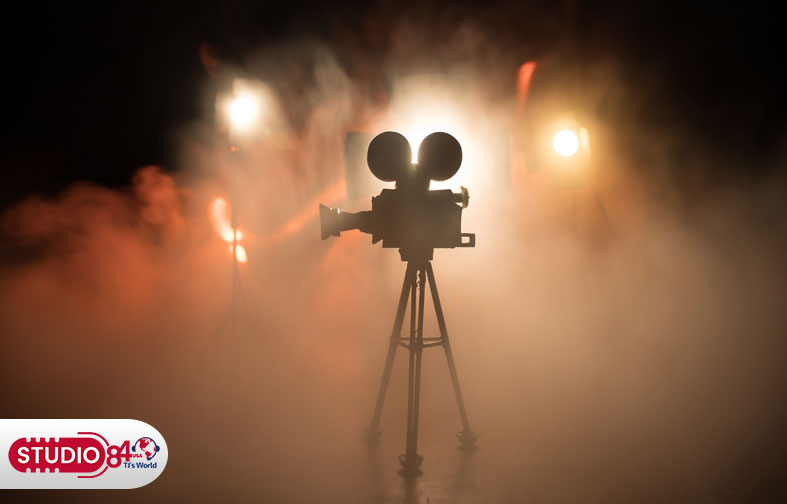
Overview:
Cinematic video productions cornerstones are lighting and sound. These elements go beyond technical requirements; they serve as storytelling tools that evoke emotions, set the mood, and enhance the audience's immersive experience. Understanding and mastering these components is crucial for filmmakers who aim to create visually and emotionally compelling narratives.
Lighting: Crafting the Visual Mood
Different lighting setups can dramatically alter the perception of a scene, transforming it from cheerful and vibrant to ominous and somber.
1. Setting the Mood: Bright, soft lighting often conveys warmth and positivity, while low-key lighting with deep shadows can create tension and mystery. For instance, high-contrast lighting, commonly seen in film noir, establishes a gritty and suspenseful atmosphere.
2. Directing Attention: Lighting helps guide the viewer’s focus to specific elements in the frame. Techniques such as spotlights or backlighting can isolate a subject, emphasizing its importance within the narrative.
3. Defining Character and Space: Proper lighting highlights textures, contours, and dimensions, giving depth to characters and environments. It also differentiates between various locations and times of day, enhancing the believability of the setting.
4. Creating Visual Style: Lighting contributes to the aesthetic signature of a film. The use of color gels, natural light, or practical lights allows filmmakers to experiment and create unique visual identities.
Sound: Elevating Emotional Engagement
Sound is equally vital in crafting a cinematic experience.
Building Atmosphere: Background sounds like chirping birds or bustling streets create a sense of place, grounding the narrative in its environment. Silence, when used strategically, can heighten tension and anticipation.
1. Enhancing Emotion: Music scores and sound effects underscore the emotional tone of a scene. A swelling orchestra can amplify feelings of triumph, while subtle, eerie tones can evoke unease.
2. Aiding Storytelling: Sound design can convey information not visible on screen. For instance, off-screen sounds like approaching footsteps or distant explosions help expand the world beyond the camera's frame.
3. Synchronizing with Visuals: The synergy between sound and visuals is critical for seamless storytelling. Foley artists meticulously create sounds that match actions on screen, such as the rustling of clothes or the clinking of glasses, ensuring realism.
The Intersection of Lighting and Sound
Lighting and sound are most powerful when used in harmony. A dramatic thunderstorm scene, for example, combines flickering lightning (lighting) with rumbling thunder (sound) to evoke intensity and foreboding. Similarly, the interplay of a dimly lit room with melancholic music can enhance the portrayal of grief or solitude.
Conclusion
Lighting and sound are not merely technical aspects of filmmaking; they are vital tools for storytelling. When executed thoughtfully, they transform a simple video into a cinematic masterpiece, drawing viewers into the world created on screen. Mastery of these elements allows filmmakers to communicate emotions, themes, and narratives in profoundly impactful ways.